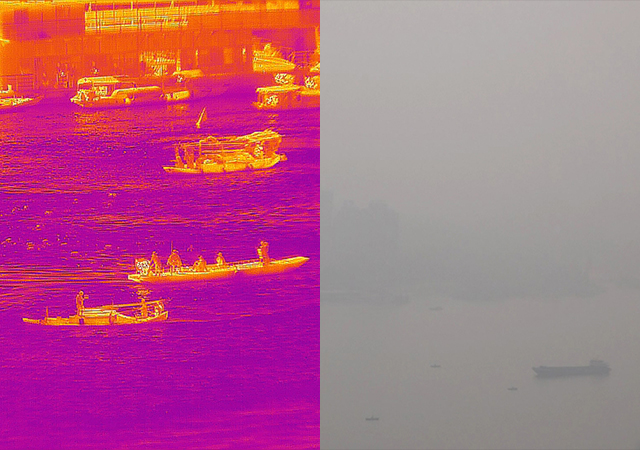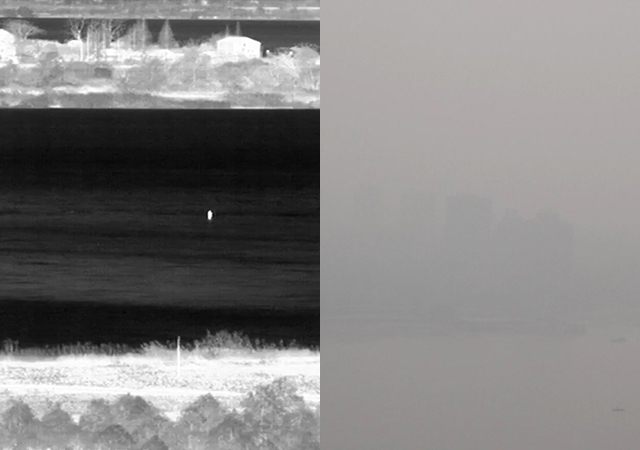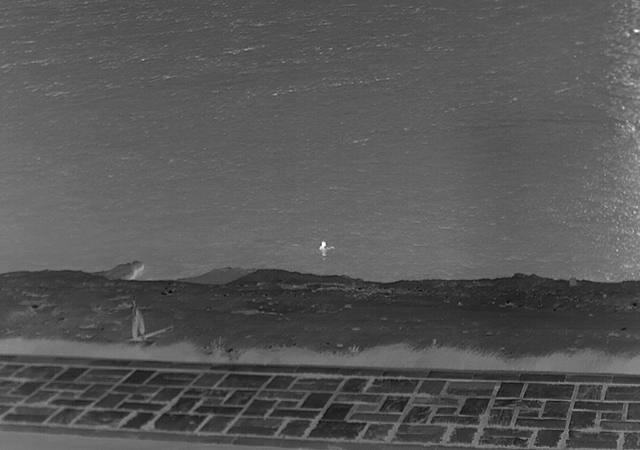Maritime cruising encompasses a range of activities, including navigation, search and rescue, security, and environmental monitoring. In recent years, infrared cameras have emerged as indispensable tools in these maritime operations. Leveraging their ability to detect thermal radiation, these cameras offer enhanced safety, visibility, and situational awareness, even in challenging maritime conditions. This article explores the various applications of infrared cameras in maritime cruising and highlights their significant contributions to maritime safety.
Navigation and Collision Avoidance
One of the primary applications of infrared cameras in maritime cruising is navigation and collision avoidance. These cameras excel at detecting and identifying objects that are not easily visible to the naked eye or radar systems. This capability is particularly crucial in low-light conditions, dense fog, or when navigating through busy shipping lanes. By capturing thermal images, infrared cameras assist vessels in identifying potential hazards such as other ships, floating debris, icebergs, or even navigational aids, ensuring safe passage.

Search and Rescue Operations
Infrared cameras have become invaluable assets in search and rescue operations at sea. These cameras can detect the heat signatures emitted by individuals, helping rescue teams locate survivors or people in distress, even during nighttime or adverse weather conditions. By identifying thermal anomalies amidst vast expanses of water, infrared cameras enhance the efficiency and effectiveness of search and rescue missions, potentially saving lives.

Security and Surveillance
Maritime security and surveillance heavily rely on infrared cameras to monitor and protect vital waterways. Infrared cameras detect and track the movement of vessels, providing early detection of potential security threats. They can identify unauthorized vessels, monitor suspicious activities, and ensure the safety and security of ports, harbors, and maritime infrastructure. Integrating infrared cameras into comprehensive maritime security systems enhances situational awareness and enables proactive security measures.
Monitoring Wildlife and Marine Life
Infrared cameras offer a unique advantage in monitoring marine life and wildlife in maritime environments. With their non-intrusive nature, these cameras can capture thermal signatures of marine animals, such as whales, dolphins, or even fish shoals. Researchers and conservationists benefit from this technology by studying migration patterns, assessing ecosystem health, and identifying potential risks to marine life. Furthermore, infrared cameras contribute to ongoing efforts in conserving biodiversity and protecting fragile marine habitats.

Environmental Monitoring
Effective environmental monitoring is crucial for maintaining the health and sustainability of marine ecosystems. Infrared cameras provide critical insights into environmental challenges by detecting oil spills, identifying pollution sources, and assessing the health of coral reefs. This information helps authorities and environmental agencies to respond swiftly to incidents, mitigate damage, and establish appropriate measures for environmental protection and conservation.
Infrared cameras have revolutionized maritime cruising by providing enhanced safety, security, and environmental monitoring capabilities. From assisting navigation and collision avoidance to aiding search and rescue operations, these cameras have proven to be essential tools in ensuring the safety and well-being of maritime activities. As technology continues to advance, the applications and contributions of infrared cameras in maritime cruising are likely to expand, further strengthening maritime safety and environmental stewardship.
Go Top